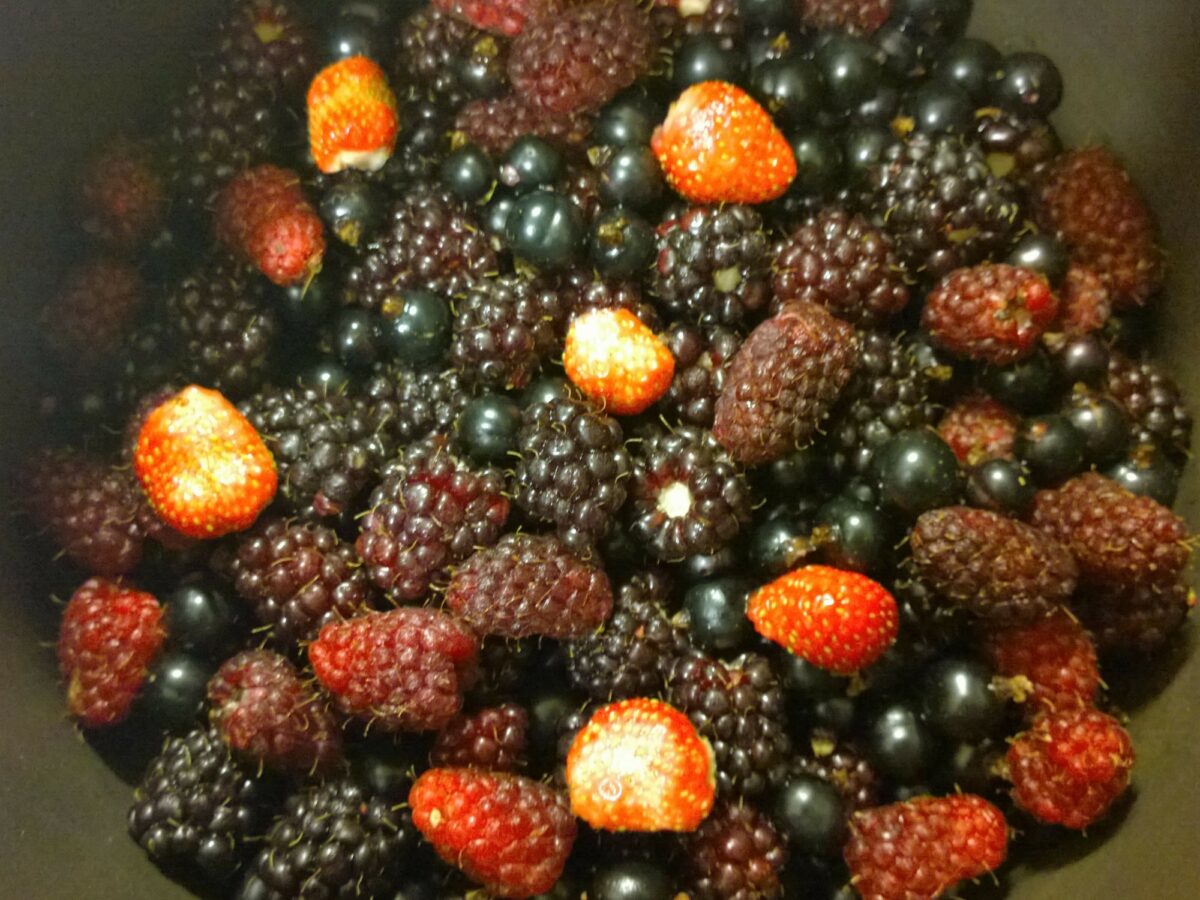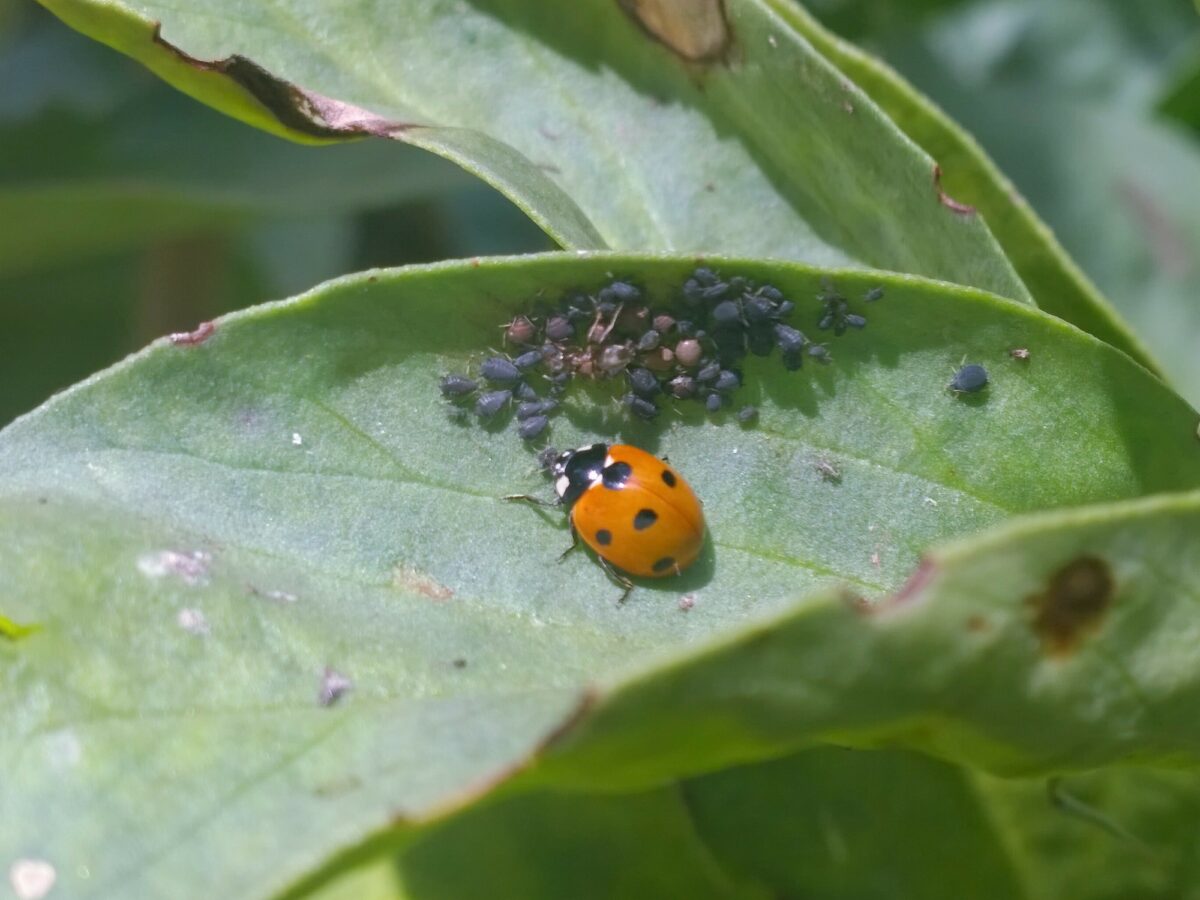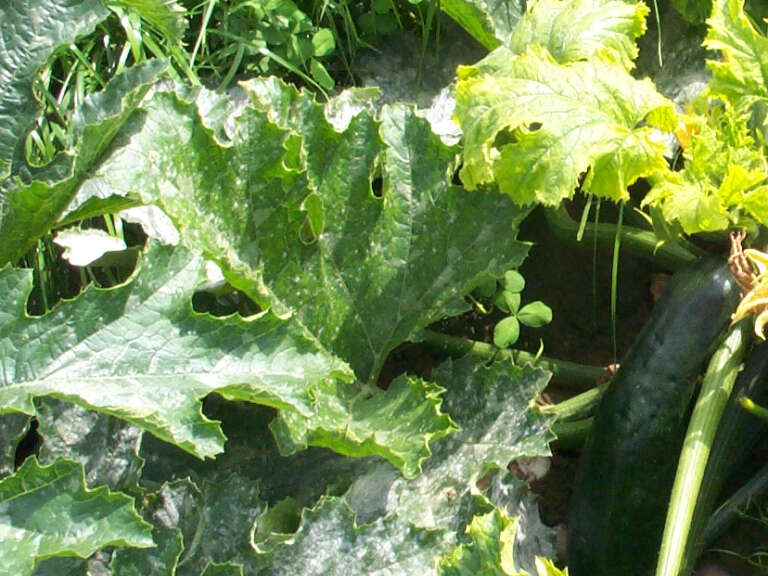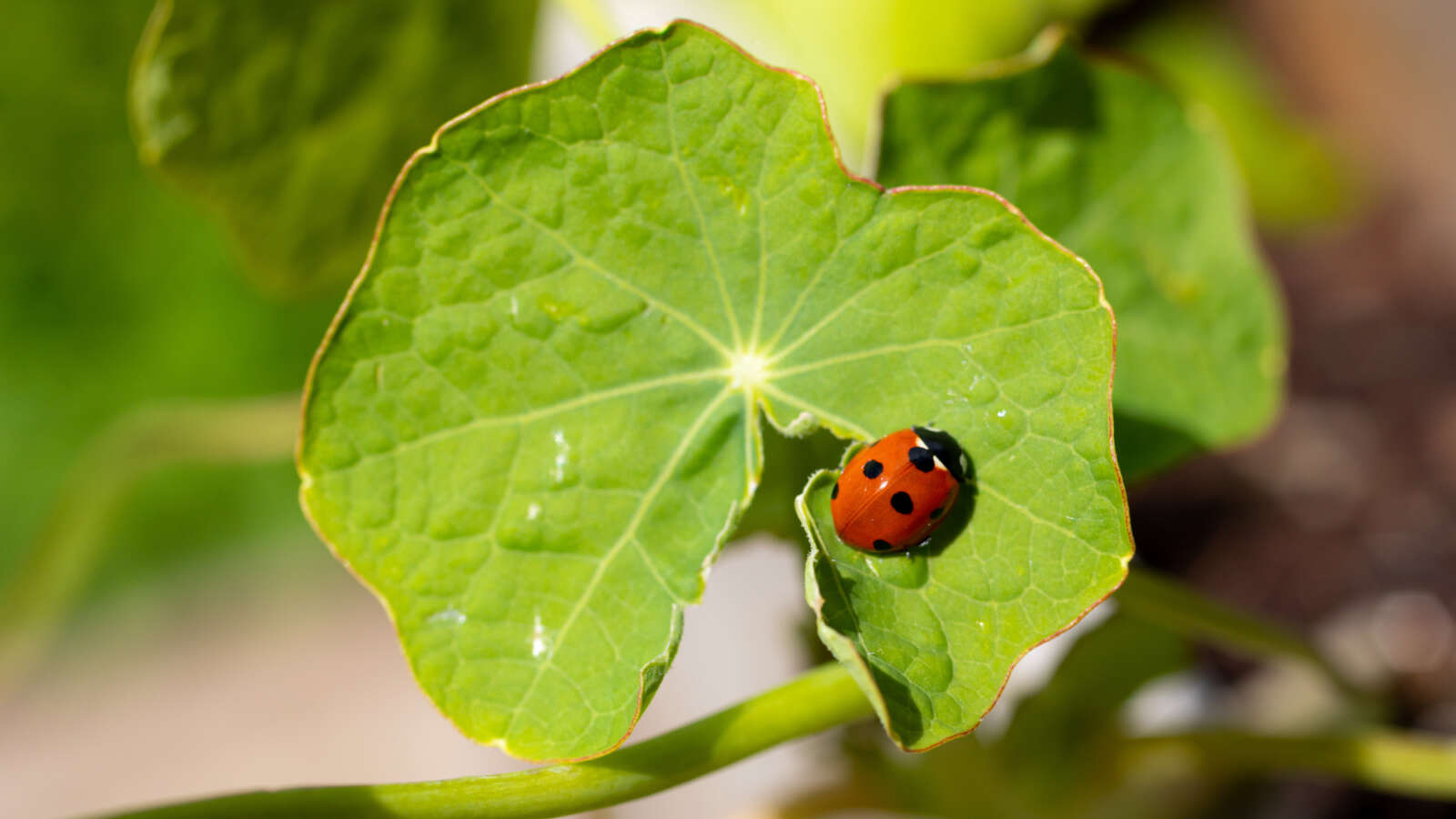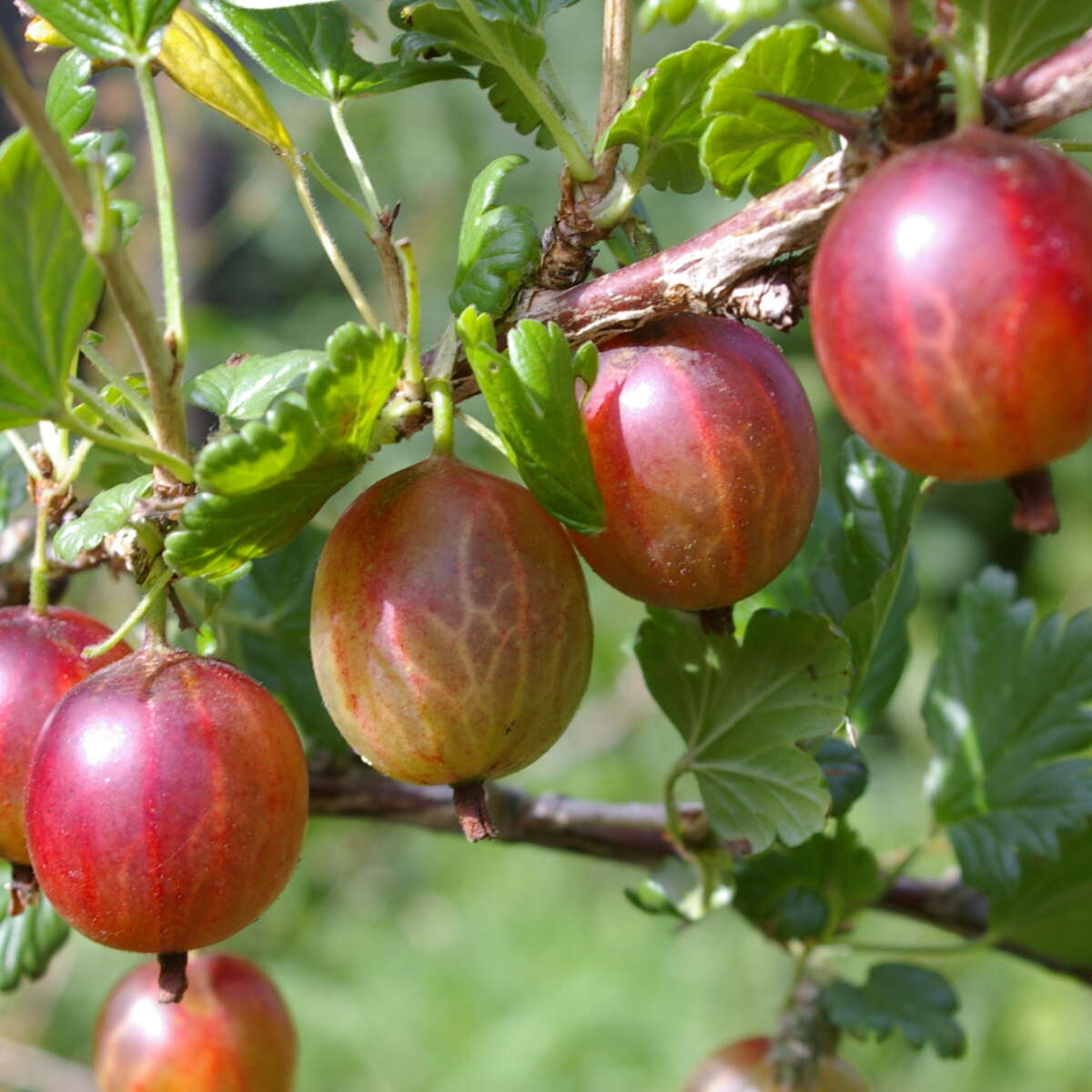
How to grow fruit
Getting started with fruit
Growing fruit organically, with minimal inputs and without pesticides, fungicides or herbicides will
ensure the food you grow is healthy, delicious and perfectly safe to eat.
-
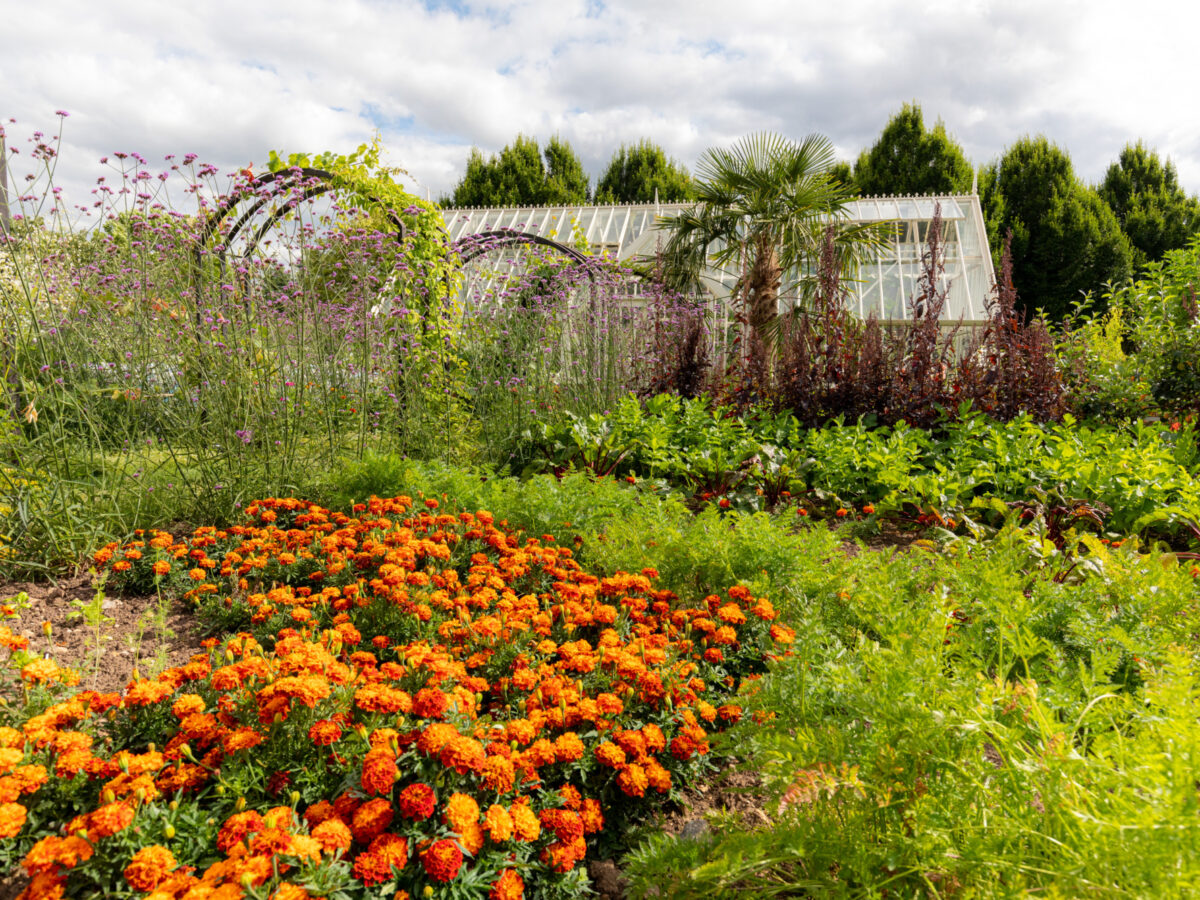
Choosing your plants
Selecting plants for your garden is one of the most enjoyable parts of gardening. But for growing success, it’s important to think about ‘right plant, right place’.
-
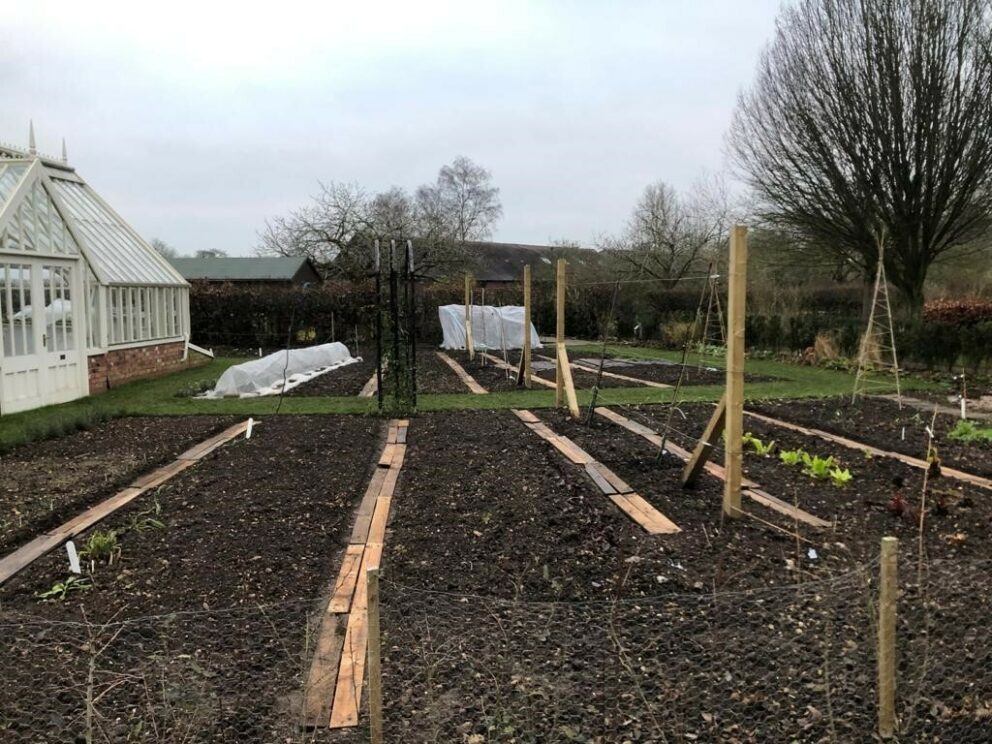
Preparing your organic growing area
Whether in a pot, single bed or large allotment, the first place to start is to prepare your organic growing area, starting by creating the perfect soil.
-
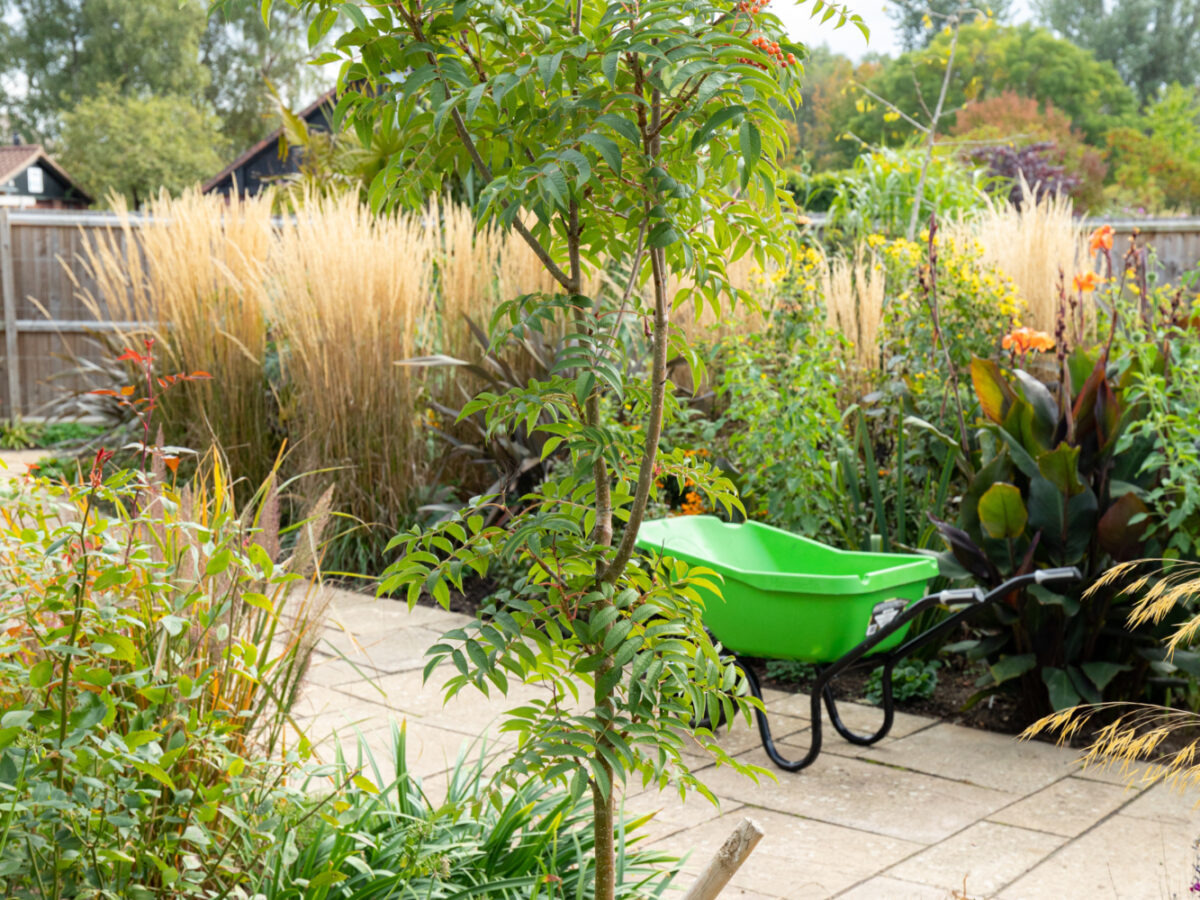
Planting fruit trees and bushes
A fruit tree or bush can provide you with years of delicious harvests. Here's how to plant and get your tree or bush established.
-
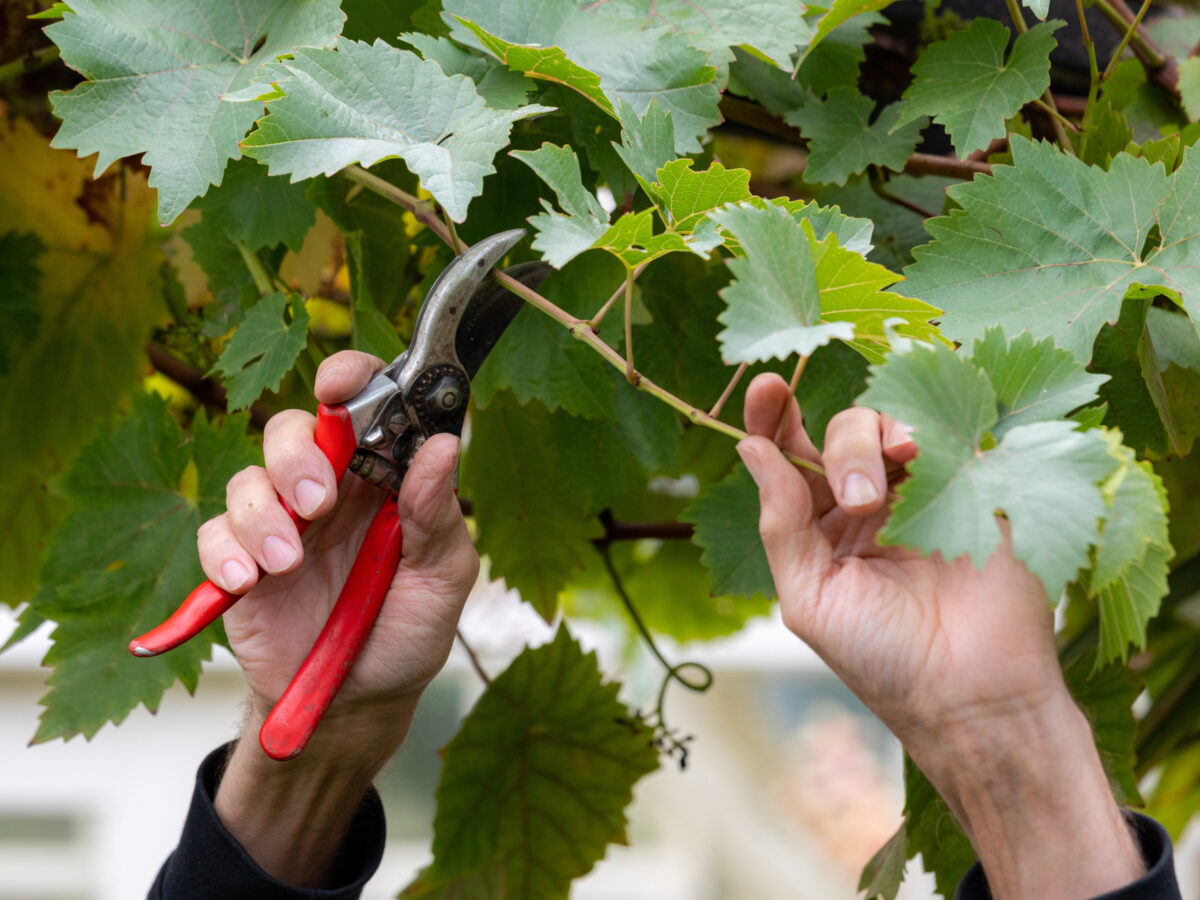
How to prune fruit
Fruit bushes and trees love a nip and tuck. In fact, pruning can help open up the canopy, allow air to circulate and prevent disease. Best of all, it encourages more fruit!
Frequently asked questions
-
Medlar fruits are unusual both in appearance and in their ripening habits. They are very hard and inedible until they start to decay. They will rarely reach this stage by themselves on the tree and need to be harvested as late as possible in November . They should be left in a box in a cool dry place, resting on damp straw and kept away from mice, until they turn a dark reddish brown and become soft and juicy. This ripening process is known as "bletting" the medlars. They can then be used to make jams, jellies and medlar cheese.
-
As you quite rightly say blueberries do need acidic conditions - a soil pH between 4 and 5.5 to be specific. We recommend you test your soil to see what the pH is. There are various kits available from local garden centres or contact the Organic Gardening Catalogue on 0845 130 1304 or go online at www.organiccatalogue.com. Next step:
If the soil is acidic you can simply plant directly into the soil, mulching with composted bark or pine needles. Use rainwater when watering in plants if possible as this is acidic.
If the soil is not acid (i.e. neutral or alkaline) then we suggest your father uses containers where the appropriate acid soil conditions can be controlled and maintained with little work. Again, use composted conifer bark and pine needles as a mulch. The reason for this recommendation is that it will take major soil modifications to attain an acidic soil in your garden - it will take regular testing and further modifications to keep the soil acidic (plus more expense). At Garden Organic we advise members to work with the soil they have, planting species that are suited to those conditions - not to struggle with it or fight against it.
-
Fruit bushes can be moved when they are dormant. This is best carried out November to December or in March. It is best to move the plants to their new site after lifting, rather than storing plants in pots first.
Prepare the new planting site well, incorporating some well-rotted garden compost into the planting hole. Plant no deeper than the original soil mark on the stem, with the exception of blackcurrants which should be planted 5cm (2in) deeper. Ensure that plants are watered well throughout the coming year, especially in periods of drought.
If you have to store bushes in pots, lift the plants with as much root as possible. Winter time would be a good time to carry out any pruning on the plants. Reducing some of the top growth will help the plant to compensate for some of the roots it has lost. Plant into large pots, don't cut the roots to make them fit into smaller pots.
-
Apricots need shelter from frost when in flower, so trained against a warm wall is an ideal situation. Some recommended cultivars for your situation are:
- Aprigold - Genetic dwarf, ideal for pot culture which produces full-sized fruit
- Flavorcot - frost tolerant and fruiting later, smaller orange fruit
- Golden Glow - found on the Malvern Hills as a seedling, very reliable cropper, healthy tree. Yellow round fruit
- Petit Muscat - Old French variety, with masses of small delicious yellow fruits: does best in sheltered site
- Tomcot - very hardy, frost resistant, mid summer. Large fruit with red blush, excellent cropper. Grown for commercial fruit production in Kent
Garden Organic members can view our factsheet Fruit tree/bush suppliers for a list of fruit tree suppliers.
-
They should blossom again and fruiting will then not be affected. Gardeners can easily see if there are fruit buds remaining on the trees. These will produce blossom this spring and fruit in the late summer and autumn. There may be less blossom than usual but as each bud contains several flower and fruit buds, even after thinning, overall yield should not be affected.
Fact sheets - Fruit
Our member fact sheets contain in-depth information and guidance on a range of topics. Log in or join us to access them.
-
Pests and diseases
Raspberry pest and disease management
This Garden Organic member fact sheet gives detailed information about raspberry pest and disease management.
-
Fruit
Fruit trees, understanding rootstocks
This Garden Organic fact sheet gives detailed information on fruit trees, understanding rootstocks.
-
Fruit
Apple powdery mildew
This Garden Organic member fact sheet gives detailed information about apple powdery mildew
-
Fruit
Fruit trees & bushes, planting guide
This Garden Organic fact sheet gives detailed information on fruit trees & bushes, planting guide.
